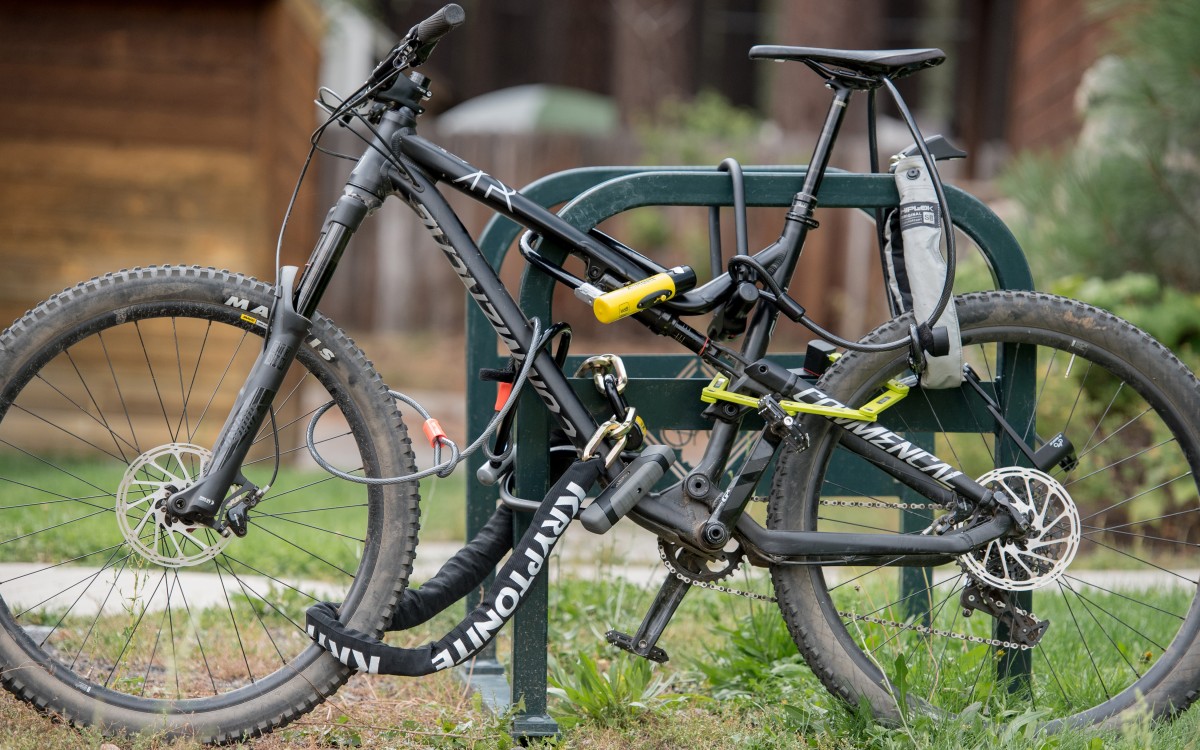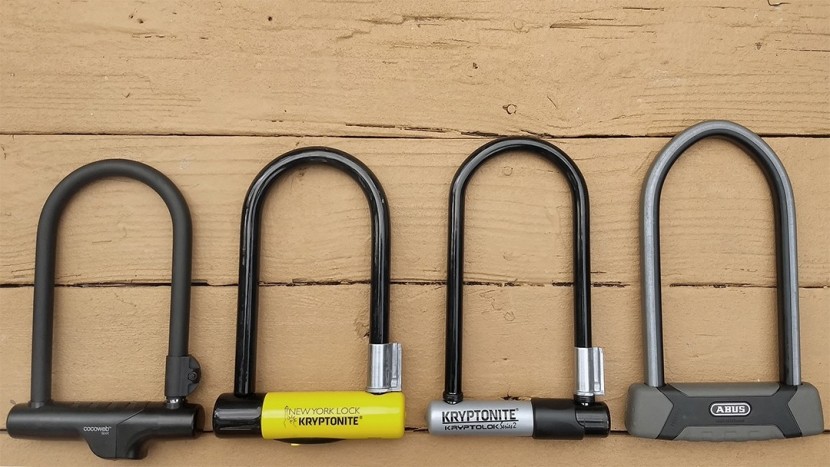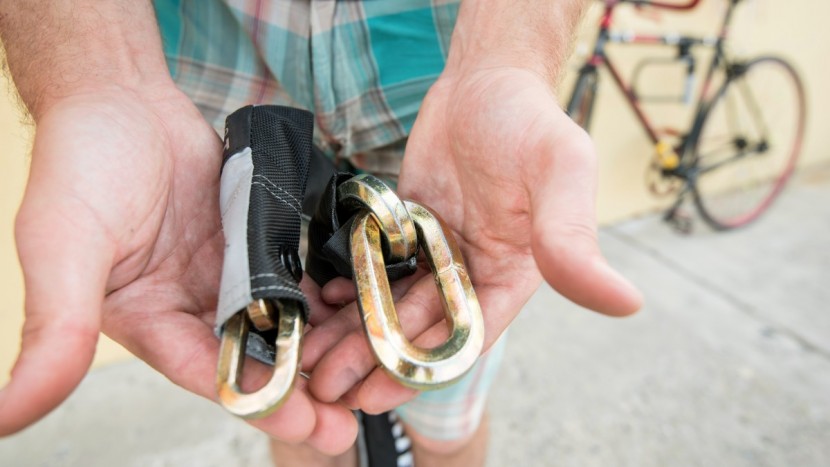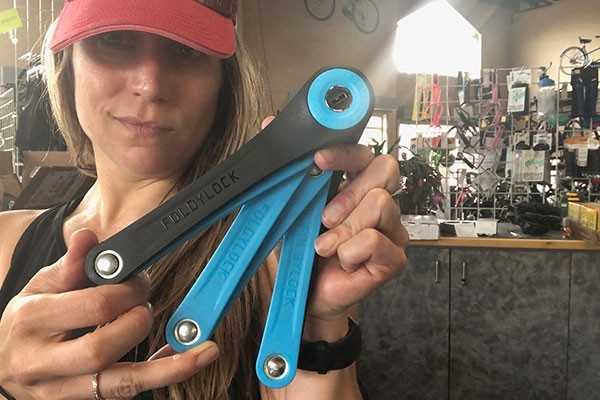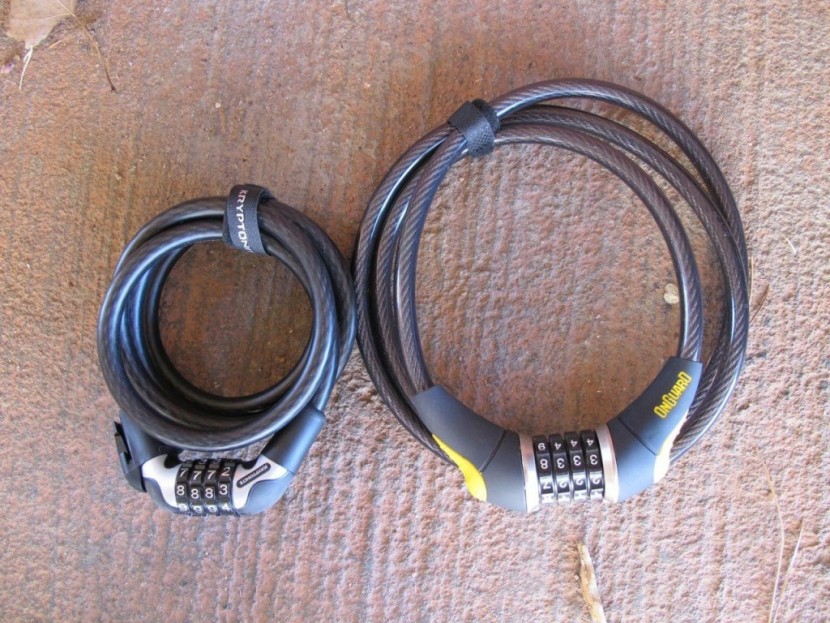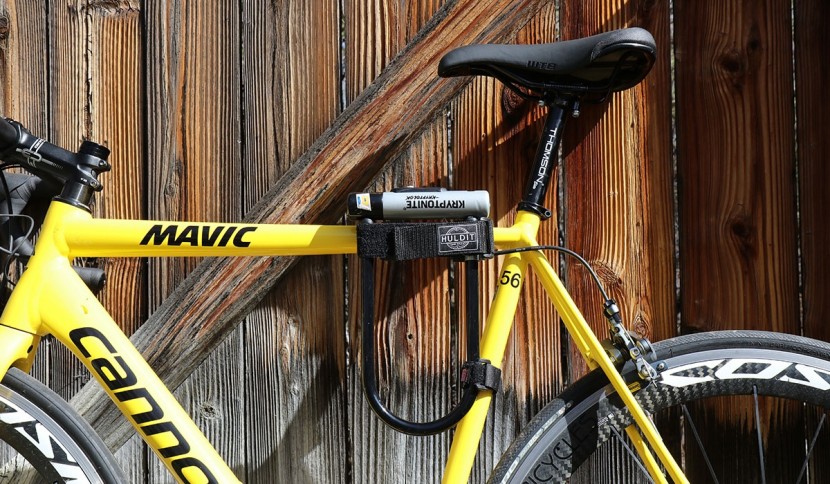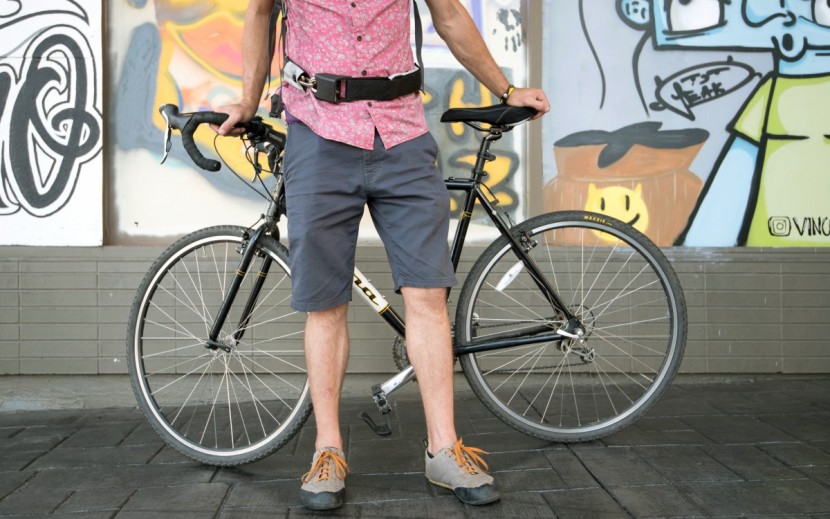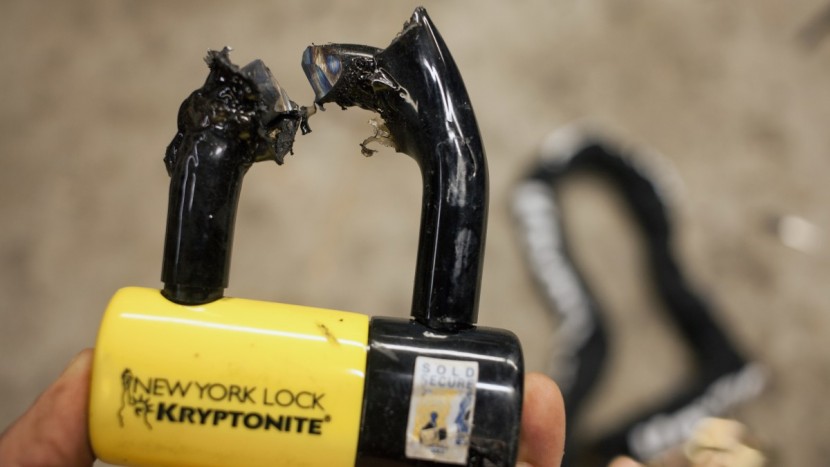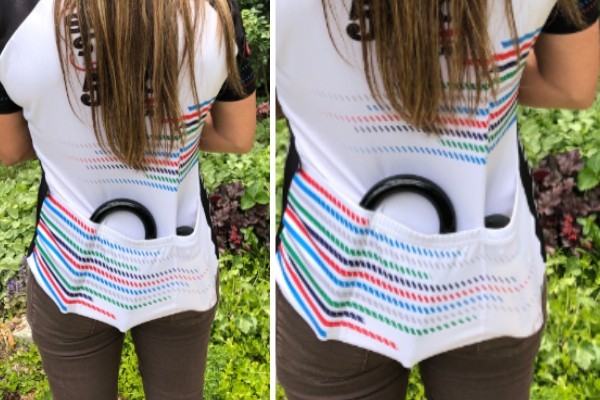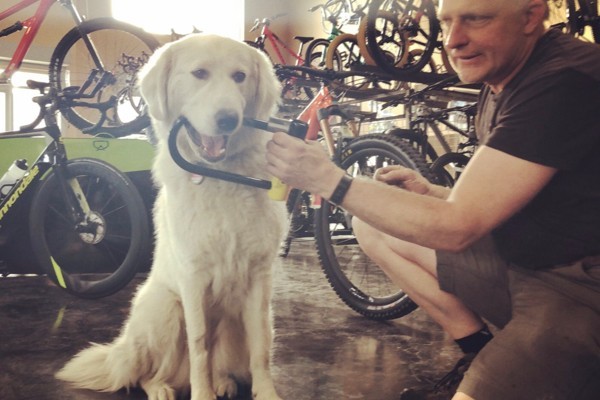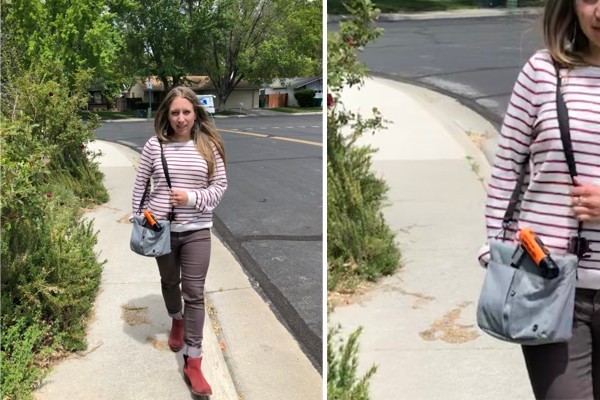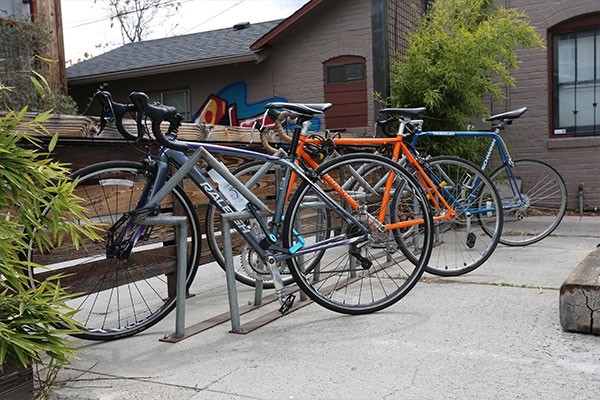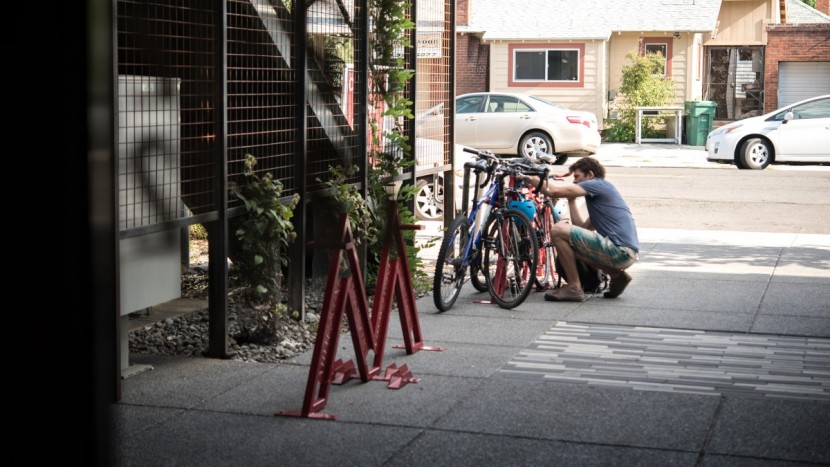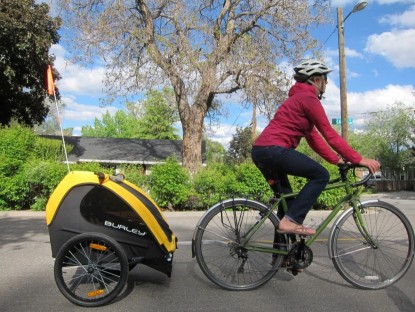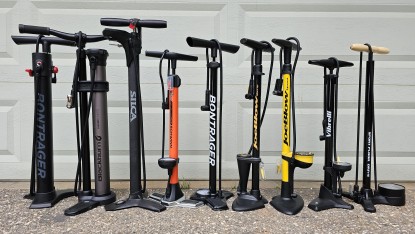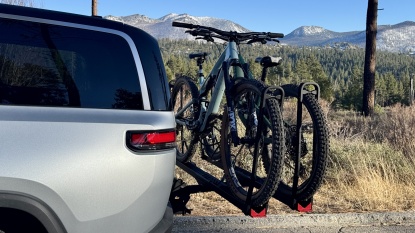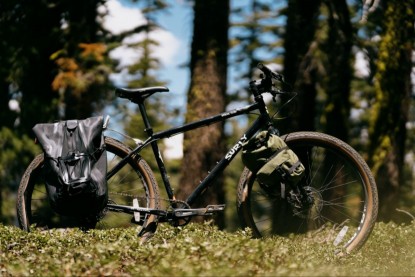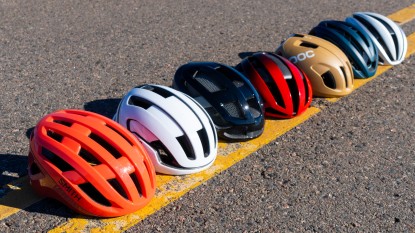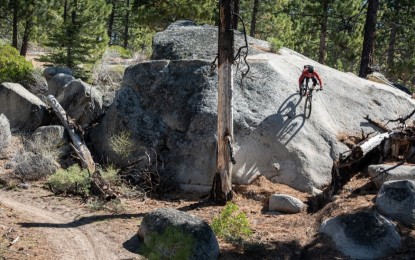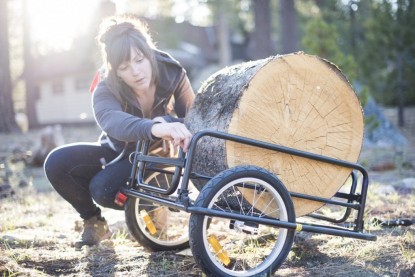No matter what you ride, you'd be mighty upset if a bike thief stole it. Therefore, owning a burly bike lock is essential if you plan on riding your bike and leaving it parked just about anywhere.
PSA: Bike theft is a problem that isn't going away anytime soon, so it's wise to always protect your bike. It has been repeated over and over, but we'll drive it home — every bike lock can be cut. It's only a matter of what tools a thief has and how much time they have to do the dirty deed. However, some locks take more time and effort to destroy, making thieves think twice about wanting to risk getting caught. That is one reason to consider bikes that are easy to take with you, like top-rated folding electric bikes. Keeping a bike in the most secure location, with a lock, is always the best protection.
Our testing of bike locks evaluated various performance aspects, and we think the secret to buying a bike lock is to identify the amount of security that is right for the environment where you live and bike, along with considerations for user-friendliness and portability. In this article, we will give you advice based on our experience as bike lock testers and as avid cyclists and bike lovers.
Choosing a Basic Lock Type
Like ice cream, bike locks come in many flavors, and it's up to you to decide on your favorite one. These days, there are four main types of bike locks: U-locks, chains, folded, and cables. Some bike locks on the market even combine two of these types. Types differ regarding the level of security they provide, versatility, and ease of use and transport. Your choice depends on the level of protection necessary for the neighborhoods you'll be leaving your wheels. However, you'll also want to consider how easy the lock is to use and if you're willing to lug it with you.
U-Locks
These are constructed of hardened steel molded in a “U” shape, and they are usually covered in rubber or plastic to protect the paint on your bike and reduce rattling while riding. The two ends of the “U” (the shackle) connect to the locking mechanism (a crossbar that closes the “U” into a "D"), and it opens and closes with a key or a combination dial. The most secure U-locks have a tight dual locking system, whereby if the “U” is cut with a portable angle grinder (or another power tool), the ends are still locked tightly. This means there won't be much movement in the bar ends if it is cut through. In this case, the bike thief has to make two cuts to get it off the frame or bike rack. Hydraulic bottle jacks are also employed by criminals to bust U-locks, though much less common. Less expensive models usually take one cut before they are pried apart.
This type of lock will require a committed or professional bike thief with power tools to crack open, making the theft more difficult but not impossible. As a general rule of note, U-locks tend to be heavier than other lock types, and due to their rigid shape, they are more problematic to carry. Also, depending on the size of your frame and tires, the U-lock's size and lack of flexibility might limit how and where you lock up your bike.
Chain
These consist of a steel chain with a sheath to protect your bike's paint. The ends are connected via a padlock of sorts. The variation in security here has to do with the thickness of the chain and the quality of the padlock. A thick, hardened steel chain, with smaller gaps between the links and a top-quality padlock or disc lock, is the toughest chain to break. Chains can be broken by torsional force, so a small gap between the links leaves little space for the insertion of a lever. However, if a thief has the right tools, it takes one cut from the padlock to defeat a chain lock. Chains are flexible and have a large diameter, so securing them to immovable structures is easier. However, they tend to be bulky and weigh more than other security devices.
Folding
The most unique bike lock design belongs to folding locks, which are made up of multiple steel bars connected by rivets that allow them to pivot independently. This provides much more flexibility than rigid U-locks, which is most useful when the structure you're securing your bike to is abnormally shaped. This type of lock is excellent for easy transportation because it weighs much less than U-locks and chains and folds up into a compact size. They won't weigh you down or take up tons of space in your favorite messenger bag. The main drawback is their level of security, which falls in the low to middle range. They tend to be weakest at their pivoting joints.
Cable
Let's be honest: we seldom recommend a cable lock for anyone who cares about their bike. This lock type offers very little security and can be compromised using commonly used hand tools in seconds. The only exception here is if you have only the most basic needs or you want a separate cable lock to secure your bike saddle or front wheel in addition to a stronger lock securing your frame and back wheel.
Made of twisted or braided steel with a rubber or plastic coating, the ends connect in a lock (sometimes connect with hinges while other cable ends are secured firmly inside the lock). Variability within this category includes cable thickness, lock strength and type (combo or key), and if the cable is coiled or non-coiled. Generally speaking, cable locks with more braided wire strands are the strongest, as they are more challenging to cut through than cables with fewer braided strands. Cables tend to be lightweight, with the coiled versions being the simplest to transport, either in a bag or wrapped around your bicycle's frame. Their large diameter and flexibility give them more versatility in securing your wheels to immovable objects.
Yet, keep in mind that cables are the quickest and easiest to cut through with simple and inexpensive hardware. As a result, we rarely recommend them for lockups that last more than a few unsupervised minutes. What is the best way to think of these locks? These are the solution to the “snatch-and-grab” opportunist who sees an unattended bike, hops in the saddle, and rides away, leaving you stranded and at least a few hundred dollars in the hole.
When Should You Use a Bike Lock?
Chances are, if you've ever had a bike stolen, your reaction to this question is very different than someone who hasn't. A bike lock should be used when parking your bike in a public setting, even when you're sitting in a coffee shop and can see it. Bike thieves operate on opportunity; if they think they can snag your wheels with little risk to themselves, they will. Even in a crowded public place, a thief may not hesitate to quickly cut through a wimpy lock and make off with your bike.
Bike theft is a prevalent problem. Using a bike lock is a useful preventative method to keep the worst from happening to you. Granted, it isn't a guarantee. Still, choosing a lock is just as important as selecting a saddle because it should be used just as often. That said, we encourage you to find the perfect fit; a bike lock that suits the security needs of where you are riding and makes it easy to form the habit of using it.
Transporting Your Lock
We recommend you select your transport style, then consider your security level. The first aspect of style to think about is where you would want to carry your new lock, such as on your bike or person.
On the FrameIf you're new to cycling and use your bike to commute, mounting your bike lock to your frame is a solid recommendation. Many locks include an easy-to-install (and if you buy it at a shop, they might install it for you) bracket that mounts onto your seat post or another part of your bike frame that you then clip your lock into while you ride. The frame absorbs the extra weight of the lock, and with the correct installation, you shouldn't notice it much. A heavy lock on a bike frame feels lighter than a heavy lock in a backpack.
That being said, not all frame mounts are created equal, and if the one that comes with your lock doesn't perform well, there are aftermarket options available for you. Because many consumers tend to complain about the frame mounts that accompany U-locks, our reviewers tested the Huldit U-lock Holder, which straps any-size U-lock to your frame with an adjustable hook and loop closure. We liked this mount, which was easy to use and didn't slip much on our commutes on mildly rough roads.
We also loved this aftermarket lock for another crucial reason: for the shorter bike commuters out there, who have less room for water bottles on the frame due to the smaller frame size of their bike. In the case of a smaller frame, you might lose one or both bottles if you mount the lock to the frame, which sucks if you're serious about your hydration, you have a long commute, and it's hot outside. However, the HuldIt let us keep both our bottles by allowing some flexibility on where we could mount the lock on our frame.
Folding locks are much smaller, take up less space on the bike frame, and weigh less. Other ways to carry the U-lock style include securing it to your top tube and then dealing with the awkward one-handed re-adjusting as you ride (not recommended). Another popular way is to bungee the U-lock to your back rack or front basket, which works well if you don't mind the extra time to secure the lock. Lastly, you can loop it through your saddle stays at the back (if it fits) and let the lock hang above your rear wheel, but be sure it does not interfere with your tire, and know that your rattle factor will be high.
Cable locks wrap around your seat post, top tube, or handlebars. One of the greatest things about coiled cables (and non-coiled, to an extent) is that they effortlessly transport because they are lightweight. However, the lack of security they offer stops them from being a viable choice in many areas (see the How Burly? section below). If you want a lock that attaches to your bike while riding, you are looking for a U-lock, folding, or cable lock.
On Your PersonAnother option for transport style is carrying your lock on your person or in a bike bag (like panniers or a handlebar bag). This method opens your doors to all sorts of locks but is limited by the weight you want to carry. U-locks range in weight but expect three or four pounds in your messenger bag or panniers. Some locks can be worn as a belt while commuting and weigh roughly the same weight as a heavy-duty U-lock. An average-sized person can likely handle four pounds wrapped around the hips better than that same weight in a backpack.
How Burly?
No bike lock is invincible. It's sad but true. However, there is a huge degree of variability in how quickly different products can be broken into. When it comes down to choosing a lock, first determine what level of crime you're up against. We like the way Kryptonite breaks it down in their How to Choose Your Bicycle Security chart. A rough estimate of crime level (ascending from more to less bike theft) is: “Major Metropolitan Area,” "Metropolitan Area," “College Campus,” "Suburbs," or “Rural Area.” Next, you decide what the riskiest lockup (in ascending order from most likely to be stolen to less risky) is: “Overnight Lockup,” "All Day Lockup," “Couple of Hour Lockup,” or “Quick Stop Lockup.” For perspective, the riskiest scenario involves locking your bike up on the street in a large metropolitan area and leaving it overnight. The least risky scenario is if you must lock your bike up for a few minutes in a small town.
Security Guidelines
You need a U-lock or chain with a substantial padlock if you live in a large metropolitan area, city, or college town. Within the U-lock category, some locks are harder to compromise. Look at the security rating on the lock to help determine if it's a good fit for your area. Quality chain locks can be found in the high/medium security category. Some can be fairly burly and impervious to handheld tools.
What differentiates a mid-level from a high-level? Mid-level locks are rumored to pop open when an expert pry bar thief gets some leverage between the “U” and the frame, but it isn't easy. It does happen, however. High-security U-locks require two cuts with an angle grinder to break out your bike instead of the one cut needed for mid-security U-locks. This is due to the dual locking crossbar in the high-security locks that don't allow the bars to move, even if cut.
Not in a city? If you are a rural resident that sometimes travels to cities, purchase the lock that represents the highest level of crime that you're up against. We recommend picking a lightweight lock for these needs and one that is easy to use. Folding locks are great for these environments, providing more security than cables and being lightweight and a snap to use. Lightweight chains can also be better than cable locks in small towns.
How Much Should You Spend on a Bike Lock?
We heard a lot about the 10 percent rule throughout our testing process. Plan to spend about 10 percent of your bicycle's worth on a suitable bike lock. Although we think this is reasonable, consider the security guidelines above. However, the bicycle protection plans offered by manufacturers cover a lot more than that. Some companies also offer protection for motorized vehicles and locks used in the E.U. Major caveat: read the fine print on these. There are several requirements to make these policies worth it. Ultimately, it might be better to invest in a high-quality lock rather than depend on any of these “guarantees.”
This is good news for the folks on the more expensive side of the spectrum, but what if you own a $300 bike in San Francisco? You still need a U-Lock costing about $50, 17 percent of your bike's worth. View this purchase as insurance and think more about your security needs than the arbitrary 10 percent guideline. Consider the time, effort, and money it costs you if your front (or[ rear - even costlier) wheels are stolen. Worse yet: imagine if the whole bike is gone. Again, it's not just the cost of the bike but the time and effort required to replace it and (in the meantime) figure out a way to get yourself from home to work or school. For bike commuters, a stolen saddle or front wheel means having to buy another way home… then to work again. Buying a decent lock is worth the money, time, effort, and frustration of having all or a part of your bike go missing.
Bike Locks If You Are Wearing Spandex
If you bike for training purposes, the last thing you want is more weight making you slower on the uphill. You've most likely considered weight as one of the major considerations when buying your bike. This bike is probably way more expensive than the town cruiser you use to run errands or get groceries.
So what do you do when you stop for a bathroom break or go into a store to get more water? Lightweight locks have a specialized use here, despite being low security. Many can fit in a frame bag or be wrapped around your frame for quick stops. We have a sneaking suspicion that we don't need to tell you to be careful, but be careful. Please don't leave your bikes out too long with only a cable to protect them.
Bike Locks If You're Not Wearing Spandex
If you ride your bike for transportation reasons, perhaps to commute to and from work, it's important to consider a lock's weight, dimensions, and versatility. Because let's get real, not everyone has a shower at work, and who wants to walk into an 8:00 a.m. meeting sweaty and gross, thanks to the extra 15 lbs they hauled up the 21% grade hill to their office?
Aside from weight, let's think about how a lock fits into your life — or, more accurately, how it will fit into your bag or on your bike. In some ways, bigger is better (a larger lock allows you to lock it to more stuff), but if you carry a small messenger bag already stuffed or purses, you might not be able to carry it around. Most bike locks come with a frame mount, but be sure that the one you want to purchase does and that it will fit your bike.
And perhaps half of you are rolling your eyes right now, but pick a model you can use. Nothing's worse than trying to manhandle a lock when you're running late. If your lock is a hassle to use, you're more likely to leave it behind.
How to Use Your Lock Most Effectively
Once you decide on the right product, check if your new lock has an insurance policy. Some manufacturers offer insurance to reimburse customers in case of theft. However, you have limited time (sometimes just a week!) to sign up, so be sure to register it immediately. Also, if this is a significant factor in your decision-making, read the insurance policy. The stipulations tend to be rather strict. For example, some exclude customers living in New York, and some require you to send in the busted lock for inspection before any compensation is doled out.
Furthermore, check to see how much money you stand to receive if your wheels get jacked — it might not be all that much. Once you've taken this step, file away your receipt and registration info in a safe place to find it again in case of the unfortunate event of theft. The week you buy a lock is also the time to register your keys if the manufacturer offers a key replacement program.
Once you're ready to ride and use your new gear, be sure to research how to lock it up properly! Many bicycle thefts happen due to user error. It's important to know how to use your lock to maximize security. The most secure lock won't protect your bicycles if you use a weak locking technique. Furthermore, an improper locking technique might void your insurance policy in the case of theft. Here are some basic pointers to get you started on your quest to make your bike a tougher target:
How to Lock Your Bike
Secure as much of the bicycle as possible to the immovable object. If possible, secure both wheels and the frame. One option is to remove the front wheel, secure it along with the back wheel, and frame it to an immovable structure. However, if your lock doesn't allow this level of security, consider the value of each part of your bike, and lock the highest-valued parts first. Always secure the frame first, then the rear wheel, then the front wheel. Never be satisfied by locking up a wheel to a rack, as they can be removed quickly, leaving you to aggressively google “how to convert bike wheel into a unicycle.”
Be sure to get a tight fit and secure as much of your bicycle as possible. This minimizes the space for thieves to use their tools, making it harder to break open. Also, if your security device has a keyhole, make sure it faces toward the ground. It makes it more difficult to pick. Furthermore, take any removable items with you, such as lights, saddlebags, water bottles, and even your bike seat, if it isn't incorporated into the lock.
Locking Wheel Skewers
If you think a bike lock or two isn't enough, there are additional methods of securing the components of your bike, particularly your wheels. Many older bikes have quick-release skewers that allow you to quickly and easily remove the wheels; however, these can allow a thief to snag a wheel in seconds. Locking skewers can replace traditional quick-release skewers and require that you use a hex and a key to remove the wheel. This adds a bit of security (the thief will have to have the right tool to remove them — so it's not a guarantee, but it's something). If you don't mind the expense of this aftermarket product, this extra security is worth consideration. However, if you have a newer bike, you likely have through-axle hubs, which already require a tool to remove.
Where to Lock Your Bike
Always secure your bicycle to immovable objects or structures. Bike racks, lamp posts, and trees are good examples, as they are fixed in the ground or concrete. Some bicycle roof racks are also considered immovable objects when used correctly. Avoid using structures held in place by only a few bolts, such as “No Parking” signs. With a few quick turns of a ratchet wrench, the sign is removed, allowing the thief to slide the bike up and over the post. We also don't recommend locking to wooden fences, chain link fences, or anything that can be easily cut through.
Seek out areas where other bikes are locked up, and ensure the area is well-lit if left out past dark. Lock up your bike on streets with a high volume of foot traffic. A lonely set of wheels on a quiet, dark street might attract the wrong kind of attention. Also, most bike criminals tend to “case” bicycles that follow the same daily routine. So, mix it up! Don't park your ride in the same spot every day at the same time. Find other bike racks, trees, etc., to lock your bike. Remember: moving targets are much harder to hit, and by moving your bike, a thief can't devise a timed attack plan.
For more insight into proper bicycle security, online videos, such as from Art's Cyclery, provide further instruction.
Lock Maintenance
To prolong the life of your security device, regular maintenance is key. How frequently you do this is mainly dependent upon your climate. Monthly maintenance may be necessary if you live in a harsh climate with high amounts of rain and snow or an area near saltwater. In other climates or regions, a little lock love every two to three months should suffice.
Focus your cleaning and lubrication efforts on moving parts and areas where parts attach, such as keyholes, deadbolts, the ends of u-lock shackles, and cylinders. Clean these parts first with a rag, using a spray product like WD40, if there is any visible corrosion or heavy grime. After cleansing, apply a lubricant. We generally recommend a dry, Teflon-based lubricant to use on locks. Lubricate as directed on the bottle or box. Make sure to insert your key and turn it several times to spread the lubricant around.
Conclusion
Our final piece of advice might be counter-intuitive: if you own an expensive bike or bike-related gear that would be of considerable cost for you to replace, never lock it up and leave it for an extended amount of time. Period. All bike locks can be defeated. The best way to keep your bike safe is to use a bike lock paired with common sense regarding the environment where you park your bike. Following that simple rule, your beloved bike will likely remain yours.

